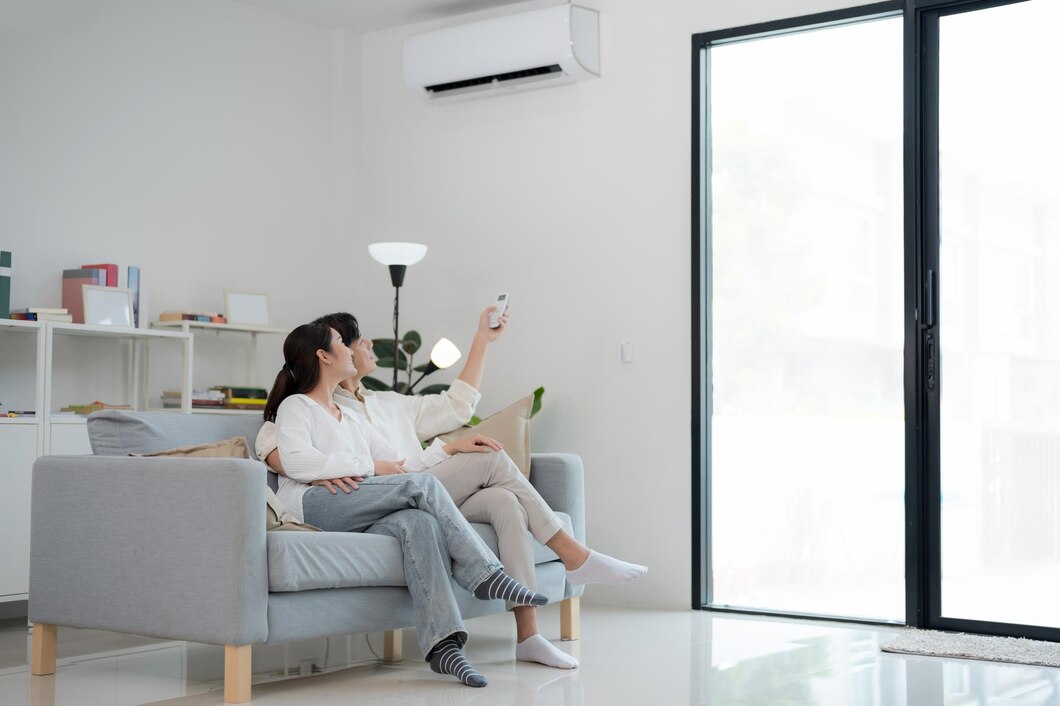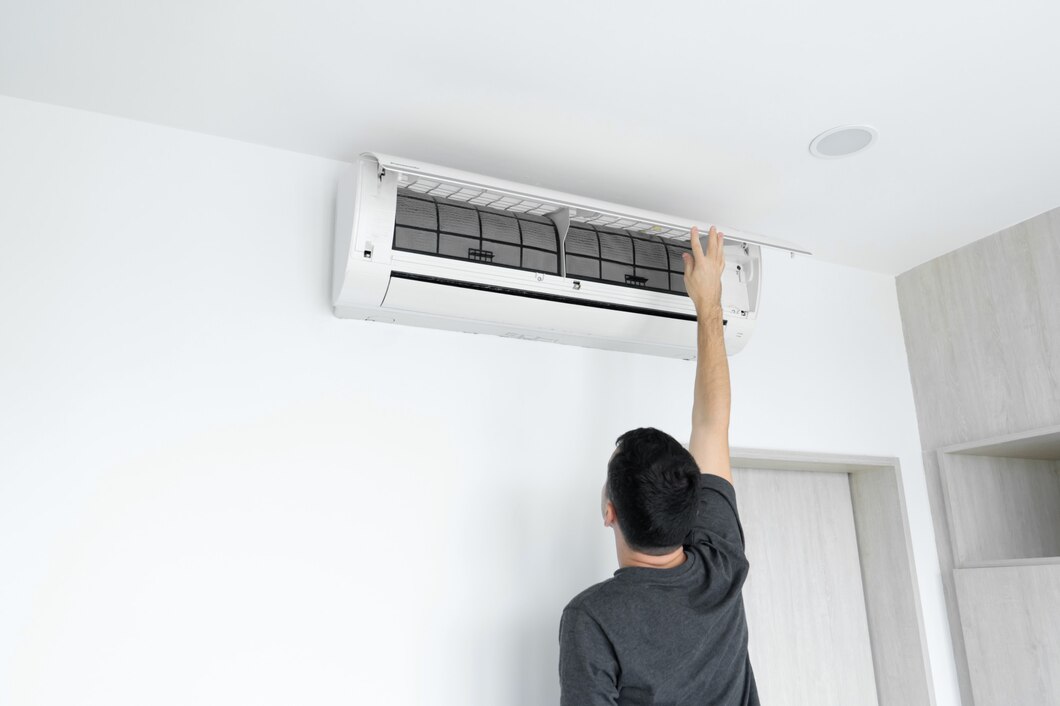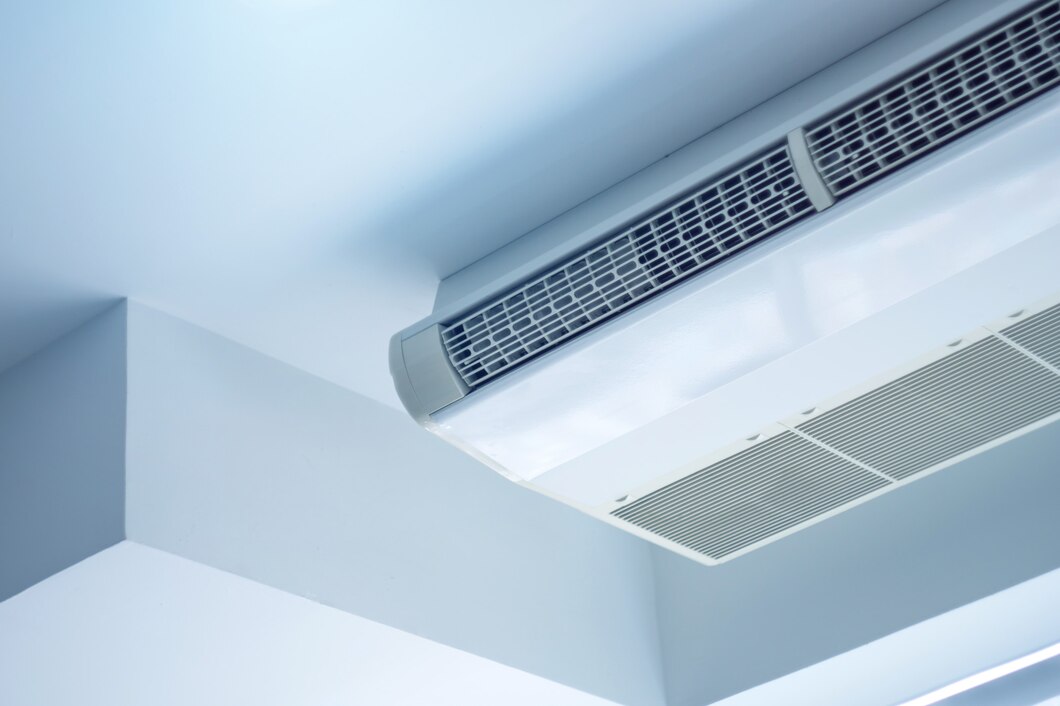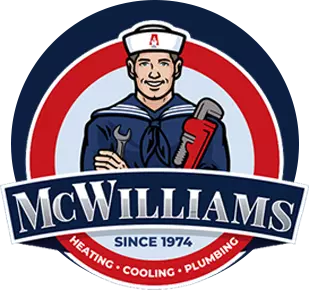Blog
Introduction
If energy ratings read like a foreign language to you, rest assured that you’re not alone. Get to know the meaning behind heat pump energy ratings and understand how they can affect your energy consumption in your Lufkin, Texas, home.
Heat Pump Energy Ratings
When it comes to HVAC equipment, heat pumps are unique in that they serve as both heating and cooling systems. While furnaces and boilers work only as heating systems and air conditioners operate solely as cooling systems, heat pumps can switch back and forth between these two functions. To offer complete pictures of these appliances’ efficiency levels, heat pumps have several different energy ratings.
Energy Efficiency Ratio
A heat pump’s Energy Efficiency Ratio (EER) indicates the unit’s cooling output during a cooling season. This rating is calculated by dividing the unit’s cooling output by its electrical input. When estimating the EER, energy experts generally factor in static outdoor and indoor temperatures, along with 50 percent relative humidity. If you’re in the market for an energy-efficient heat pump, you’ll want to look for models with EER ratings of at least 12. Higher ratings reflect greater efficiency and generally come at a higher cost.
Seasonal Energy Efficiency Ratio
Similar to an EER rating, a unit’s Season Energy Efficiency Ratio (SEER) reflects its efficiency during a cooling season. This calculation divides the cooling output throughout a typical cooling season by the amount of electrical input during that time. Unlike an EER rating, a SEER rating takes a range of temperatures into consideration and factors seasonal temperature fluctuations into the calculation. Heat pumps should have SEER ratings of at least 15 in order to qualify as energy-efficient, and higher ratings mean better efficiency.
Heating Seasonal Performance Factor
In addition to EER and SEER ratings, heat pumps also have a Heating Seasonal Performance Factor (HSPF) rating that reflects the unit’s ability to serve as an efficient heating system. Similar to the cooling ratios, an HSPF rating compares the unit’s heating output over the course of a typical heating system to the electricity used during that period of time. Heat pumps generally need an HSPF rating of at least 8.2 in order to be considered efficient, and a higher rating signals increased efficiency.
Maximizing Your Heat Pump’s Energy Efficiency
When comparing heat pump options for your home, keep in mind that various internal and external factors can compromise the appliance’s performance. To maximize your heat pump’s energy efficiency, you’ll need to make the right purchase for your home and monitor environmental conditions to ensure that the unit works as smoothly as possible.
Purchase an Energy Star Certified Unit
Not all heat pumps are considered to be energy efficient, but those that meet certain criteria established by the Environmental Protection Agency (EPA) and the Department of Energy (DOE) receive an Energy Star certification. Units that don’t bear an Energy Star label are unlikely to be energy efficient, and those that do might significantly exceed basic standards for efficiency.
If you’re purchasing a heat pump for your Texas home, you’ll want to pay particular attention to the EER and SEER ratings. Since these reflect the unit’s performance during warm weather, they’ll offer a better picture of the heat pump’s typical performance during long, hot Texas summers.
Use a Programmable Thermostat
Even a highly efficient heat pump will waste energy without some level of automation. If your HVAC system still runs on a manual thermostat, replace it with a programmable thermostat and adjust the settings to optimize your household energy use.
With a programmable thermostat, you can keep your home comfortable in the evenings and on the weekends, and you can dial the temperature back while the family is asleep or out for the day. Some devices even provide energy reports so you can assess when you’re using an unnecessary amount of energy and adjust the thermostat to ensure lower consumption and lighter utility bills.
Are you considering a heat pump upgrade? Talk with our HVAC experts at McWilliams Heating, Cooling and Plumbing to learn more about your options today: (877) 936-1974
Share This :
Emily
Table of Contents
Discover New Blog Posts
A well-functioning air conditioning (AC) system is essential for maintaining home comfort, especially during the warm months in places like Splendora. When your AC unit […]
The summer heat is right around the corner, and with it comes increased use of air conditioning systems in Shepherd. A well-maintained AC condenser unit […]
Air conditioning systems have become an essential part of modern living, providing much-needed comfort during the warm months. In Cleveland, where temperatures can rise significantly, […]







